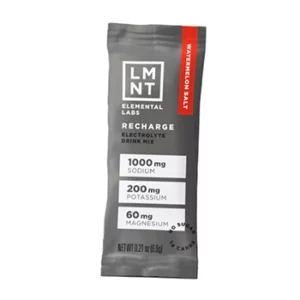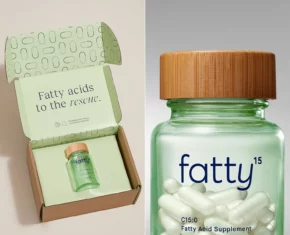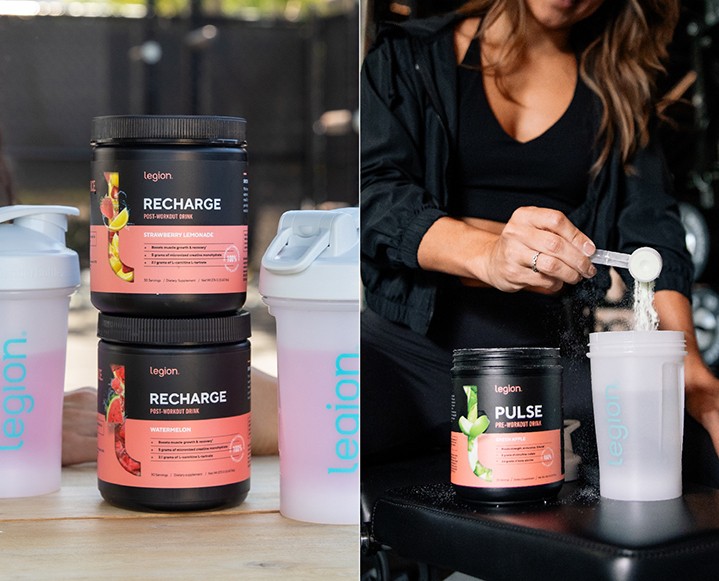Born and bred in green-friendly San Francisco, Credo Beauty
Credo Beauty carries a strictly curated collection of green or natural brands who must abide by the shop’s guidelines on packaging and formulation to be considered by the retailer. Brands must use 100% sustainable materials for their packaging, guarantee the omission of over twenty toxic ingredients from their formulas, and never test on animals.
Credo’s standard for clean beauty is high. With that in mind, it’s impressive just how many TCM-approved brands you’ll see in the shop! Below is the list of twenty five common, toxic ingredients you’ll never find on the shelves at Credo Beauty. Read up, take note and revisit the labels living on your shower shelves…
25 Ingredients You’ll Never Find at Credo Beauty
Animal fats, oils and musks:
All components procured from slaughtered or live animals.
Benzalkonium chloride:
A disinfectant used as a preservative and surfactant, associated with severe skin, eye and respiratory irritation and allergies.
Benzophenone and derivatives like Oxybenzone:
A possible human carcinogen and hormone disruptor, used as a fragrance ingredient and to absorb ultraviolet light.
Bisphenol A (BPA):
A hormone disruptor, used in plastics and resins, that may also alter DNA.
Butoxyethanol:
A solvent used to control viscosity or a “fragrance” additive. It irritates skin and may cause cancer and reproductive toxicity.
BHA & BHT:
Synthetic antioxidants used to extend shelf life. They are likely carcinogens and hormone disruptors, and may cause liver damage.
Coal tars:
A byproduct of coal processing that is a known carcinogen.
1,4 dioxane:
A by-product of manufacturing that is a probable human carcinogen (a known animal carcinogen), as well as toxic to organs and the respiratory system, and a skin irritant. Likely to be present where ethoxylated ingredients like sodium laureth sulfate, PEGs and ceteareth are listed on ingredient labels.
Ethylene diamone tetraacetic acid (EDTA):
A chelating (binding) agent added to cosmetics to improve stability.
Ethanolamines (MEA/DEA/TEA):
Surfactants and pH adjuster linked to allergies, skin toxicity, hormone disruption and inhibited fetal brain development.
Formaldehyde:
Used as a preservative in cosmetics. A known carcinogen that is also linked to asthma, neurotoxicity and developmental toxicity.
Hydroquinone:
A skin-lightening chemical that inhibits the production of melanin and is a linked to cancer, organ toxicity and skin irritation.
Methyl cellosolve:
Fragrance ingredient and solvent that is an irritant and a possible neurotoxin, developmental toxin and cause of DNA mutations that could lead to cancer.
Methyl isothiazolinone and methyl chloroiso thiazolinone:
Chemical preservatives that are among the most common irritants, sensitizers and causes of contact skin allergies.
Mercury and mercury compounds (also listed as Thimerosal):
Metallic element used as a preservative and antiseptic known to damage brain function.
Mineral Oil (also listed as liquid paraffin; liquid petrolatum; paraffin oil):
A by-product of petroleum distillation that may cause contact dermatitis.
Parabens (methyl-, isobutyl-, proply- and others):
A class of preservatives commonly used to prevent the growth of bacteria and mold. Parabens are endocrine (or hormone) disruptors, which alter important hormone mechanisms in our bodies. Specifically, parabens mimic estrogen; they can lock on to our cell’s own estrogen receptors and mess with important natural signals. They may play a role in triggering breast cancer.
Phthalates (DBP, DEHP, DEP and others):
A class of plasticizing chemicals used to make products more pliable or to make fragrances stick to skin. Phthalates disrupt the endocrine system and may cause birth defects.
Propylene Glycol (PG), Polyethylene glycol (PEG compounds):
PEGs are widely used in cosmetics as thickeners, solvents, softeners and moisture-carriers. Depending on manufacturing processes, PEGs may be contaminated with measurable amounts of ethylene oxide and 1,4-dioxane, which are both carcinogens.
Resorcinol:
A colorant and fragrance ingredient that is a skin irritant, toxic to the immune system and organs, and suspected to cause hormone disruption.
Retinyl palmitate and Retinol (Vitamin A)/Retinoids:
A nutrient that may damage DNA and speed the growth of skin tumors when used topically.
Sodium Lauryl Sulfate and Sodium Laureth Sulfate (SLS and SLES):
SLS and SLES are surfactants that can cause skin irritation or trigger allergies. SLES is often contaminated with 1,4-dioxane, a byproduct of a petrochemical process called ethoxylation, which is used to process other chemicals in order to make them less harsh.
Toluene:
A volatile petrochemical solvent that is toxic to the immune system and can cause birth defects.
Triclosan and Triclocarban:
Antimicrobial pesticides toxic to the aquatic environment; may also impact human reproductive systems.















